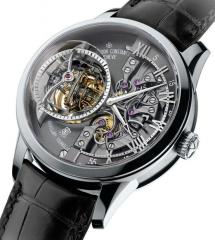Names of movement parts
-
Recently Browsing
- No registered users viewing this page.
-
Topics
-
Posts
-
Thank you so much! I'll experiment a bit with the UV glue and chalk and maybe eventually try to fill the hole. I'll report back!
-
How did you know to shorten the bottom pivot and not the top? It sounds like something is rubbing when in the dial up position.
-
With apologies for taking advantage of your kindness in responding, would you be able to indicate what sort of additional info is needed & where on the watch I might find it? Do you have any suggestions as to what Cousins might mean by "a normal bridle"? ( their website says they can't provide any technical information....)
-
Yeah, it looks exactly like that, but the balance staff pivots was long when fit into the jewels, so I took some bits shorten it from the bottom pivot but when I made the movement run on all position and all the other position works fine but not on dial up position. and im not getting any reading from my timegrapher So what do you reckon the issue could be do I need to shorten the bottom pivot more and also a notice the balance rim is really close to the center wheel teeth feel it's catching the rim.
-
By nickelsilver · Posted
I don't think there's a risk with UV glue of causing damage. I know a friend of mine frequently reinforces vintage lume with the same lacquer that comes with the modern lume kits and hasn't had any issue with that either. I would personally leave the hole, and drag a layer of UV across the bottom to stabilize what's there. I really like Loxeal UV glue, the one I keep around (and it is approved by my picky Japanese watchmaker friend) is their UV30-33. I think any name brand, clear UV glue would be fine though.
-



.thumb.jpg.cb17a66989f1e796fd4217db2e9ca9df.jpg)




Recommended Posts
Join the conversation
You can post now and register later. If you have an account, sign in now to post with your account.
Note: Your post will require moderator approval before it will be visible.